iPhone SE 2020 vs OnePlus 8: which phone is best for you?
The mid-range iPhone SE 2020 vs the OnePlus 8
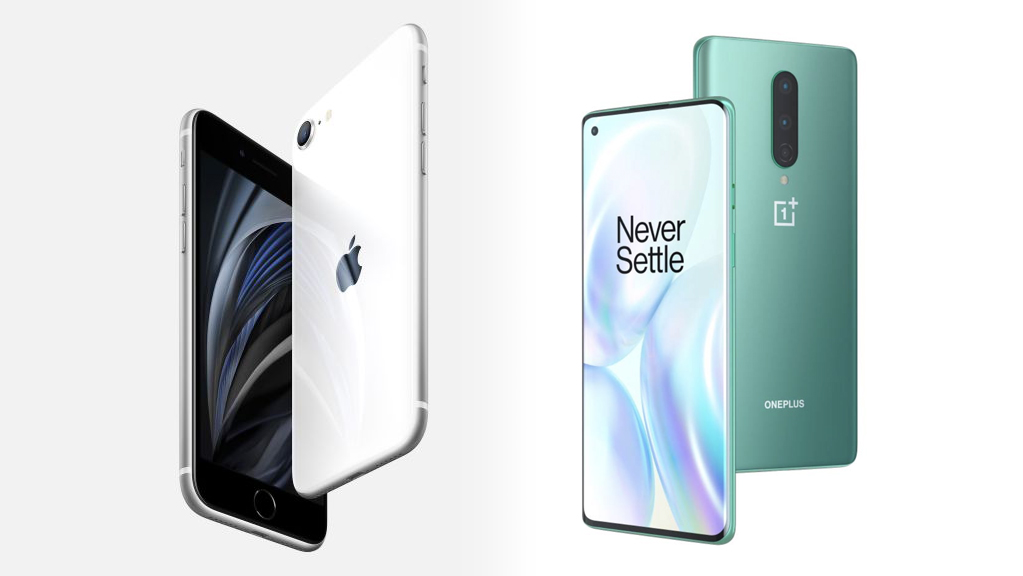
As rumors predicted, Apple revealed its long-awaited refined iPhone SE 2020 without any hint or preamble – and did it a day after the official launch of the OnePlus 8 flagship.
The two phones serve a broadly similar purpose: offering a streamlined handset with their brand’s signature polish at a discount. As we mentioned before, these high-powered yet affordable phones couldn’t come at a better time as consumers seek affordability over flash. But they take wildly different approaches to reach this goal.
The iPhone SE 2020, for instance, is... well, virtually an iPhone 8 with the same dimensions, cameras, and 4.7-inch display as the older phone. Heck, it even has the same mid-range starting price. The SE 2020 does, however, have the same A13 Bionic chipset as the iPhone 11 series, which means the new 'budget' iPhone isn’t just faster than the iPhone 8 – it will be getting iOS updates for years longer.
The OnePlus 8, on the other hand, has flagship specs at cheaper than normal flagship prices. It costs nearly twice as much as the iPhone SE 2020, but it packs better cameras, a 6.55-inch display with far less bezel, and other modern touches like an in-screen fingerprint sensor.
While that means the OnePlus 8 is superior in most fields, it’s more helpful to compare both phones category-by-category to help you figure out which features matter and which you can live without. So without further ado, here’s how both the iPhone SE 2020 and OnePlus 8 break down.
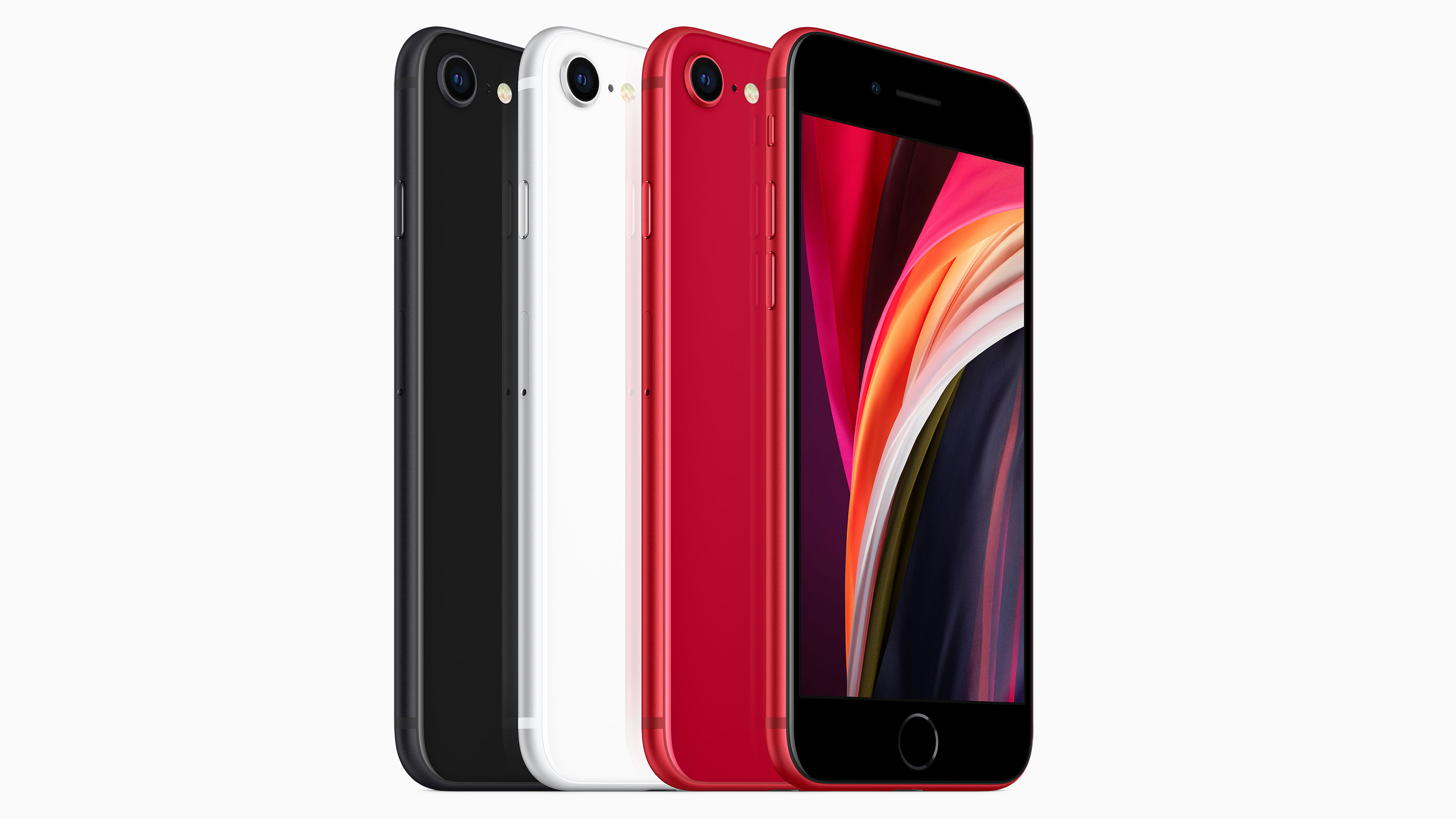
iPhone SE 2020 vs. OnePlus 8 price and availability
The iPhone SE 2020 will go on sale on April 24, although you can start preordering it on April 17. While the handset starts at $399 / £419 / AU$749 for 64GB of storage, upgrading to 128GB will cost you $449 / £469 / AU$829, and 256GB costs $549 / £569 / AU$999. The phone comes in white, black, and red.
The OnePlus 8 is available to preorder now in the UK and Europe, and will release there on April 21, 2020, though you’ll have to wait to buy it in the US until April 29. It starts at $699 / £599 (around AU$1,096) for 8GB of RAM/128GB of storage configuration, though that goes up to $799 / £699 (around $1,372) for 12GB of RAM/256GB of storage.
Get daily insight, inspiration and deals in your inbox
Sign up for breaking news, reviews, opinion, top tech deals, and more.
Note that Verizon’s version of the OnePlus 8, which can connect to the carrier’s mmWave 5G network as well as sub-6, costs $799 but comes in the standard 8GB of RAM/128GB of storage.
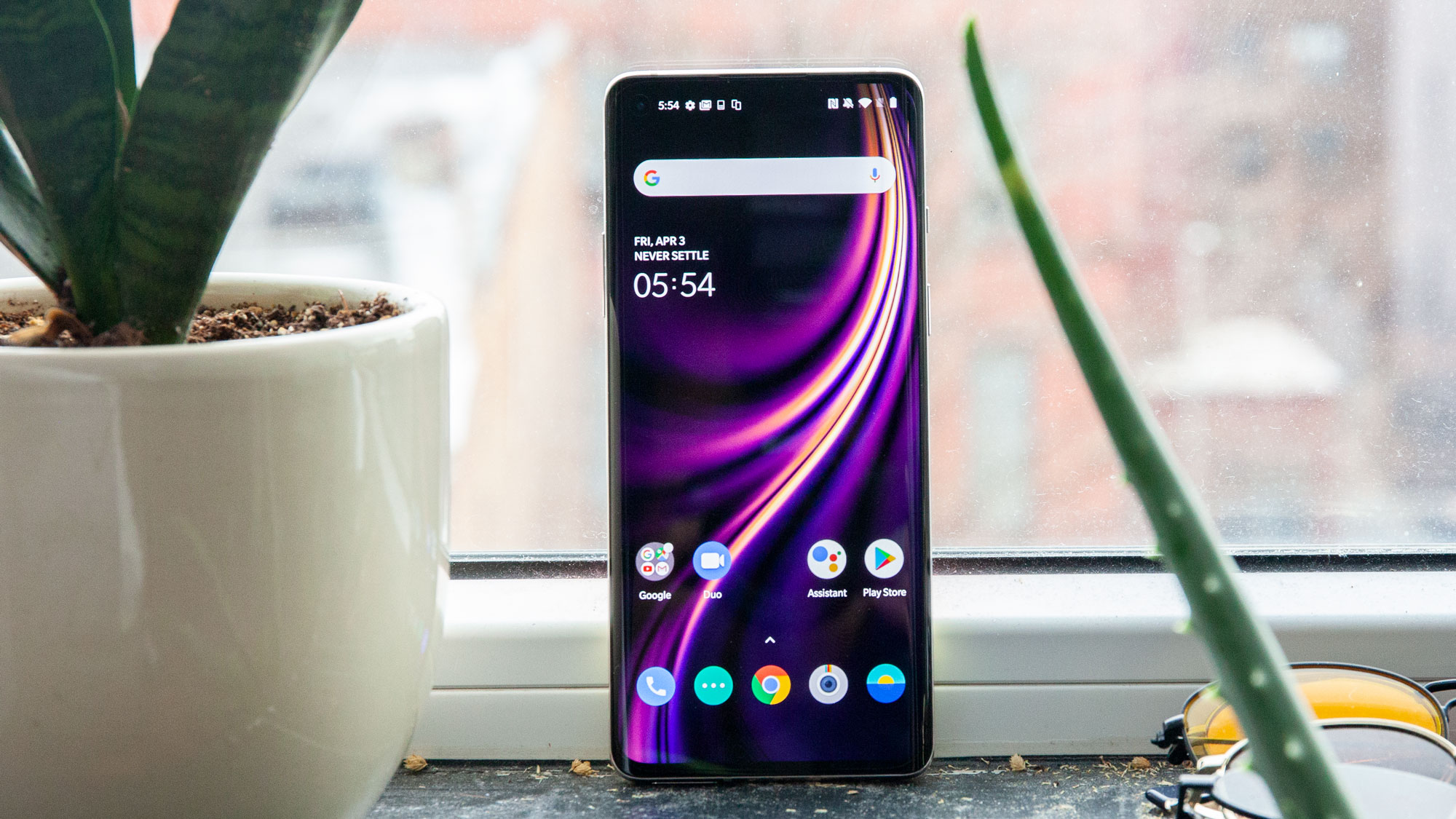
Design
As previously mentioned, the iPhone SE 2020 is a dead ringer for the iPhone 8; heck, its dimensions (138.4mm x 67.3mm x 7.3 mm) line up exactly. Those changed very slightly from the iPhone 6, meaning this design essentially heralds from September 2014.
Which, admittedly, is enough for many people who still use their iPhone 6, 7, and 8 phones every day – and a transition to the iPhone SE 2020 is easy. It has the same basic layout: big top-and-bottom bezels on the front, with a Touch ID fingerprint reader in the chin. There are volume buttons and a silence switch on the left, with a lock button on the right.
The all-glass back has the same single camera and flash on the top left, though it’s a bit lighter at only 140g. The entire phone has an IP67 water- and dust-resistance rating.
The OnePlus 8, on the other hand, has a sleek and modern look that brings some of the design touches of other flagship phones. That includes the waterfall display edges found on the Samsung Galaxy S20, with pinched sides that make it easier to handle. Still, with a 20:9 ratio display, the phone is easier to hold than its size (160.2mm x 72.9mm x 8 mm) would suggest. Plus, its 180g weight is lighter than most competitors.
The OnePlus 8 has no touch sensor (it’s in the display), with a volume rocker on the left side and power button with a OnePlus signature silence slider on the right. The back has a vertical strip of cameras – which is the only thing interrupting the seamless glass back. The phone doesn’t have an IP rating, only OnePlus’ usual assurance that it is water-resistant.
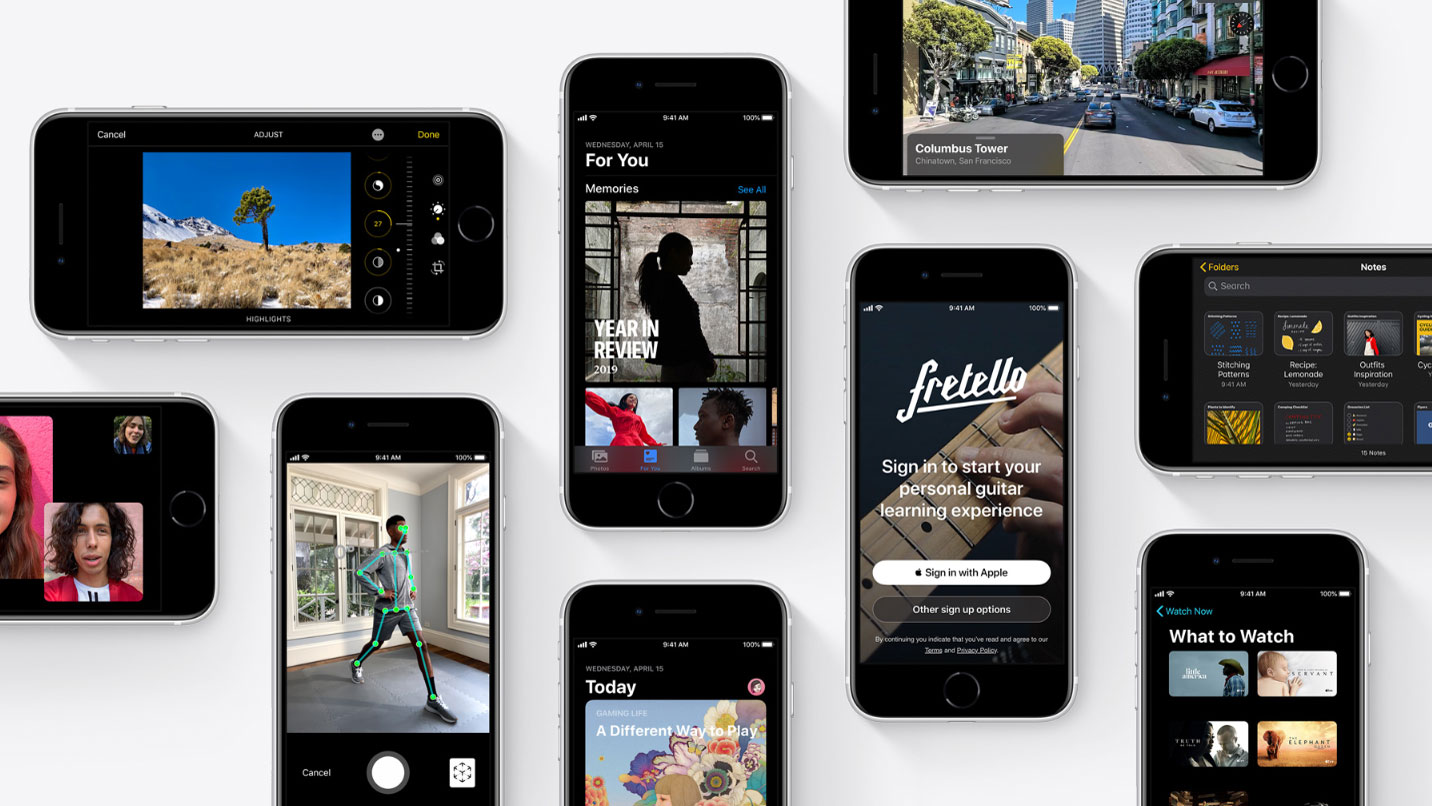
Display
The OnePlus 8’s 6.55-inch AMOLED display is sharp, bright, and suits anyone who binges media or plays games. Its FHD+ resolution (2400 x 1080) isn’t the highest in the phone game, but it won’t disappoint – and at a claimed 1300 nits of brightness, it can show details even in direct sunlight.
The iPhone SE 2020 has a much smaller 4.7-inch IPS LCD display, which seems lifted straight from the iPhone 8. If you liked it there, you’ll like it here – meaning it misses out on the deep blacks and other color vibrancies of AMOLED screens.
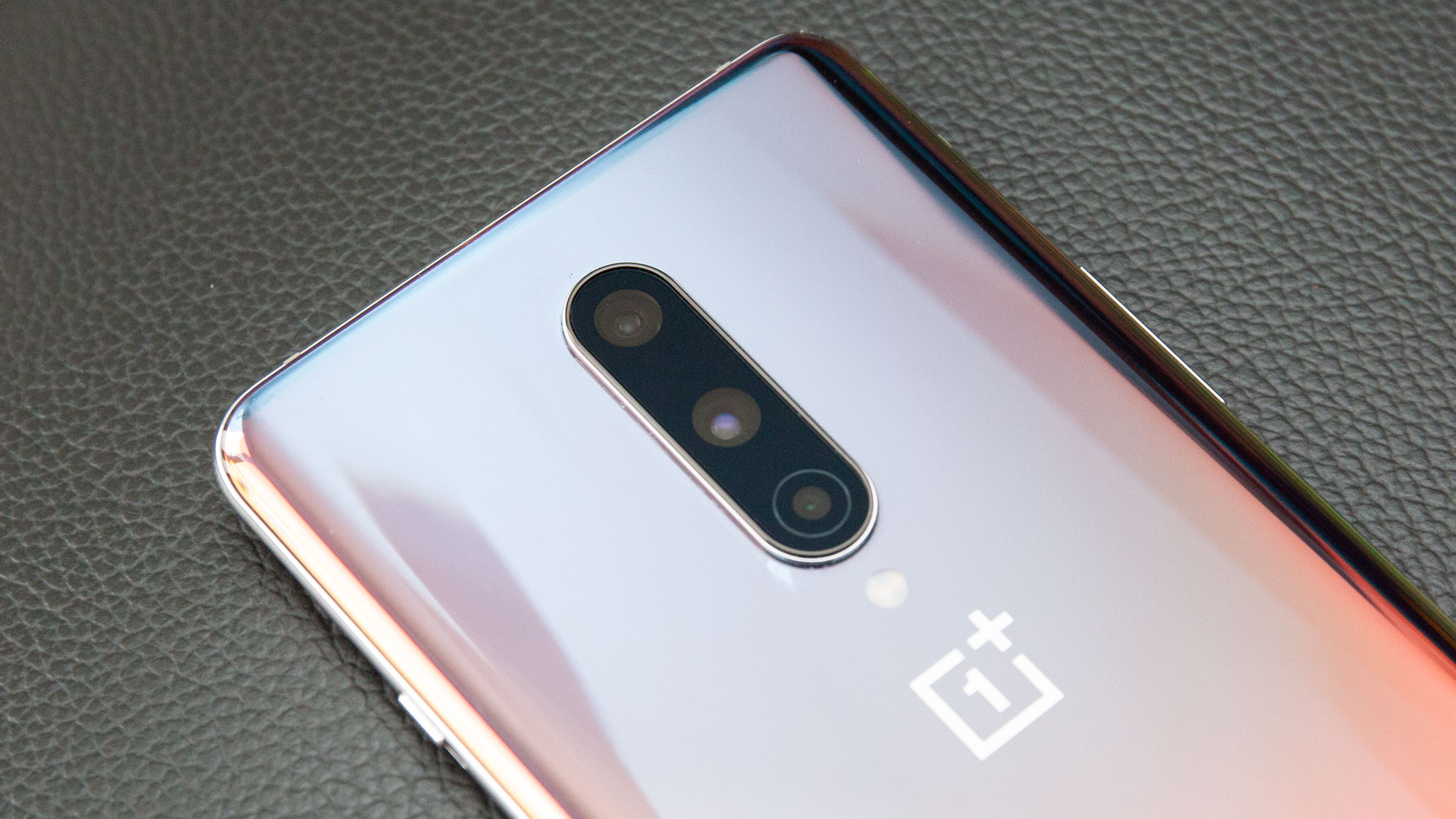
Cameras
The iPhone SE 2020 keeps the same 12MP rear camera and 7MP front-facing camera as the iPhone 8, so nothing much new here. The advances, of course, lie in the software advances and computation in the A13 Bionic chip: through software wizardry, both the rear and selfie shots can be done in portrait mode.
The OnePlus 8 has a much more varied camera array. On the back, its 48MP main shooter can also shoot in 12MP mode that combines four pixels in one, allowing the phone to take in more light. But it also has a 16MP ultrawide camera and a 2MP macro camera for up-close photography. It also has an adequate 16MP front-facing camera.
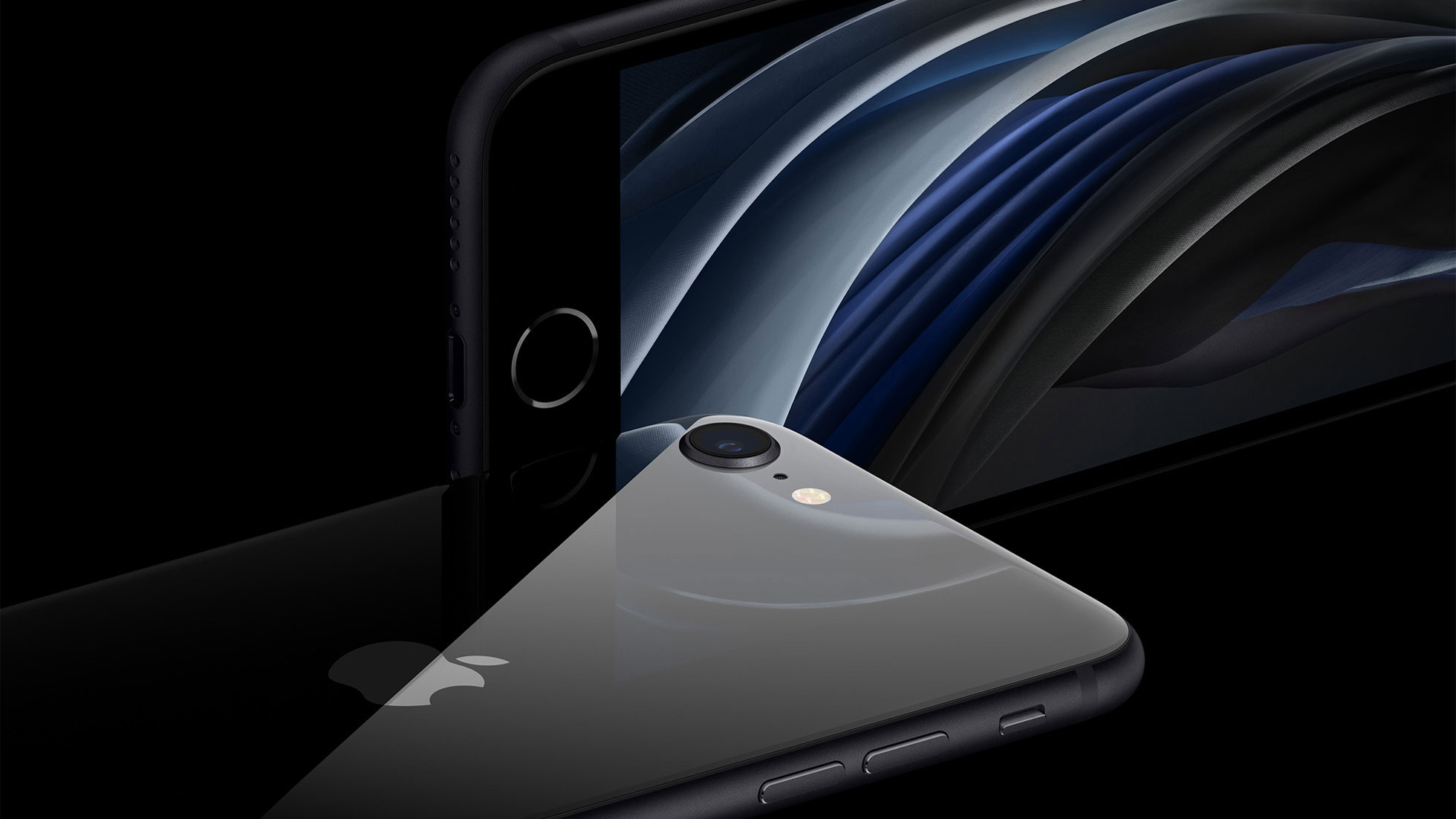
Performance
The OnePlus 8 packs a leading Snapdragon 865 chipset, and either 8GB of RAM or 12GB of RAM, for a truly fast performance with Geekbench 5 scores that rivaled those of the Samsung Galaxy S20 line. It comes with either 128Gb or 256GB.
And unlike the new mid-range iPhone, the OnePlus 8 is 5G-capable, supporting sub-6 frequencies. A special version of the phone for the US carrier Verizon is also compatible with mmWave, though it’s slightly pricier as a result.
The iPhone SE 2020 has the same A13 Bionic chipset as that appearing in the iPhone 11 line, which could make the 'budget' iPhone a serious contender for the fastest mid-range phone out there.
It’s unclear how much RAM the new SE has – Apple is always coy with many internal details, so it could have the 2GB that came in the iPhone 8. But it doesn’t matter quite as much as on Android phones, since Apple makes extremely efficient use out of minimal RAM: the iPhone 11, for instance, only has 4GB.
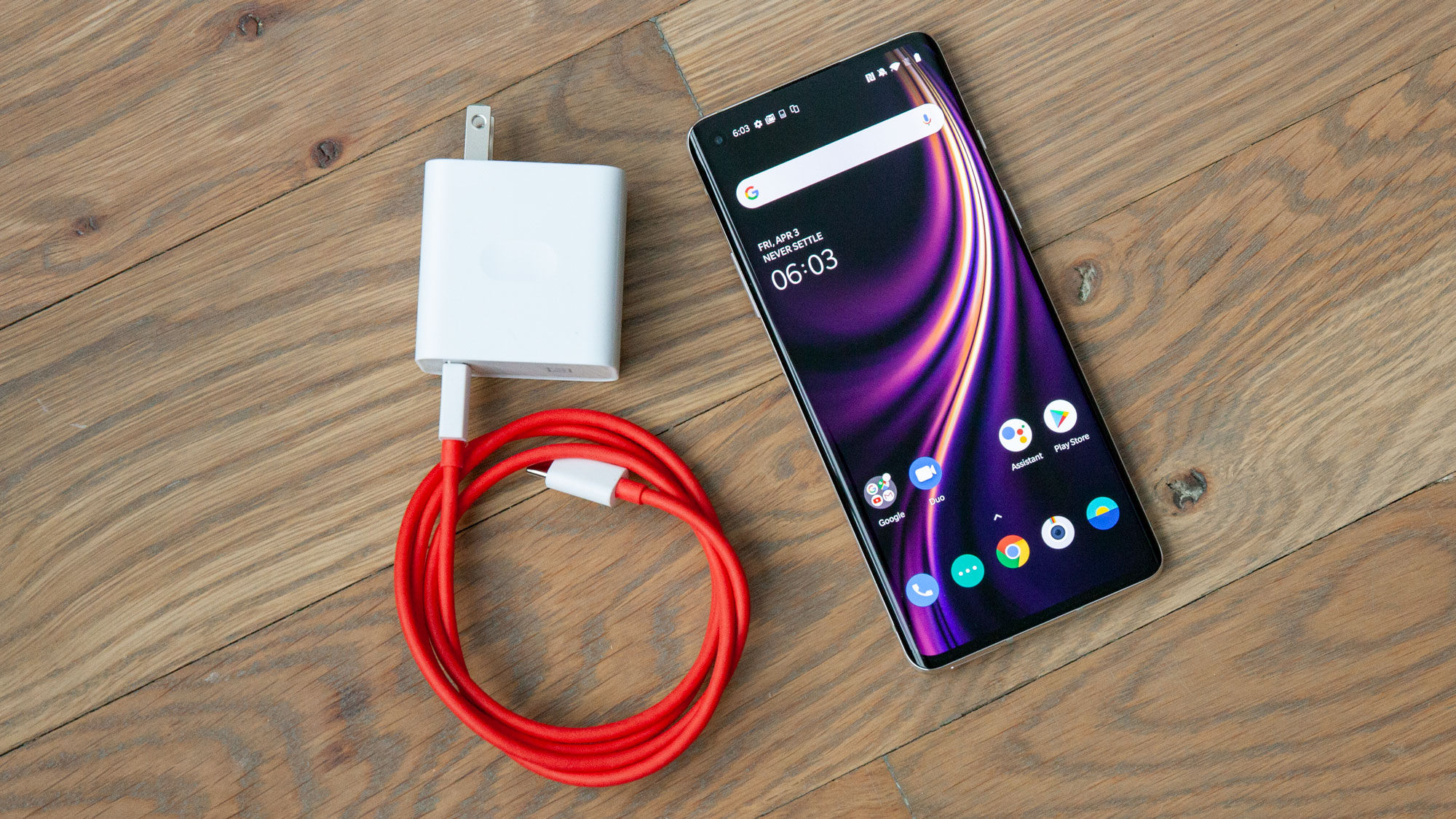
Battery
Here’s another area Apple loves to avoid divulging, and only states on the iPhone SE 2020’s page that it “lasts about the same as iPhone 8.” That could mean it has the same-sized 1,821mAh battery as the iPhone 8, and given how many elements were lifted wholesale from the phone, that’s not a bad guess.
For recharging, we presume the SE 2020 will come with the same 5W Lightning chargers that come in older iPhone boxes, though it’s compatible with the sold-separately 18W chargers that Apple claims will recharge the iPhone SE 2020 to 50% capacity in 30 min. It can also charge wirelessly with Qi chargers.
The OnePlus 8 packs a much larger 4,300mAh battery – and while capacity doesn’t always correlate with size, it’s a good bet this phone will last far longer than the iPhone SE 2020 under similar strain, especially watching media.
The OnePlus 8 uses the WarpCharge 30T charger that comes in-box for 30W charging, which we found could restore 90% charge in just under an hour. Sadly, the OnePlus 8 does not support wireless charging.
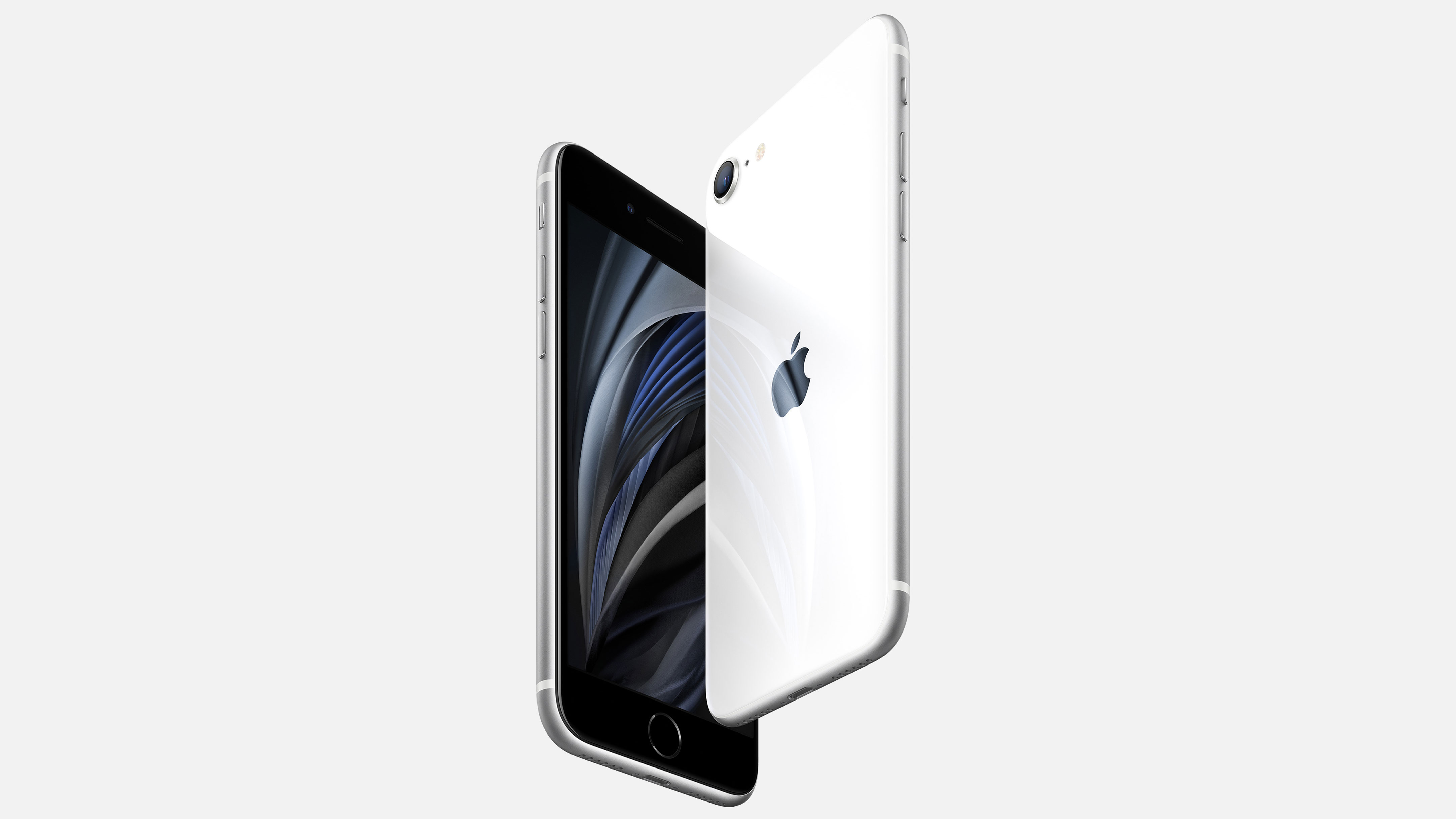
Takeaway
The iPhone SE 2020 and OnePlus 8 will likely appeal to different consumers: Apple stalwarts will stick with the SE 2020, as well as budget phone buyers, while those who prefer Android or want more flagship specs and cameras will consider the OnePlus 8.
Both phones exhibit their brands’ signature features: the iPhone SE 2020 has access to iOS 14 and later versions, which fits them soundly in the Apple ecosystem of devices, while the OnePlus 8 eschews a few top features to present a streamlined Android experience. Thus, your choice between the two likely comes down to a matter of taste – but hopefully this breakdown exposes you to which perks you can and can’t live without in your next phone.
David is now a mobile reporter at Cnet. Formerly Mobile Editor, US for TechRadar, he covered phones, tablets, and wearables. He still thinks the iPhone 4 is the best-looking smartphone ever made. He's most interested in technology, gaming and culture – and where they overlap and change our lives. His current beat explores how our on-the-go existence is affected by new gadgets, carrier coverage expansions, and corporate strategy shifts.
